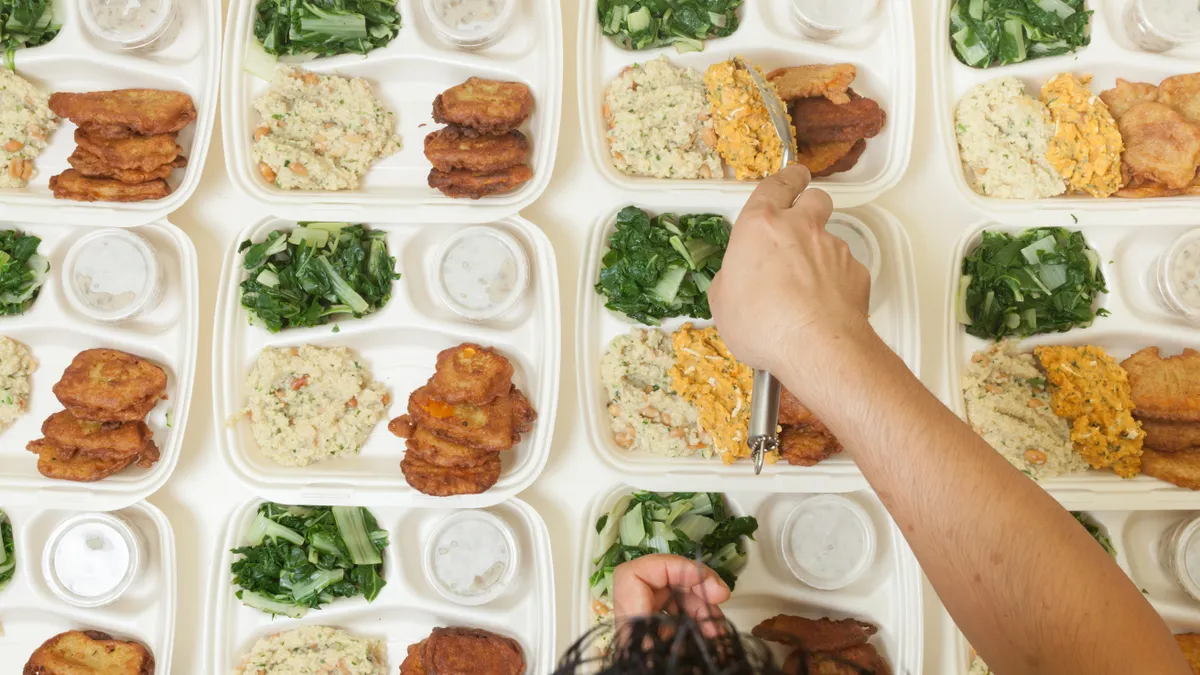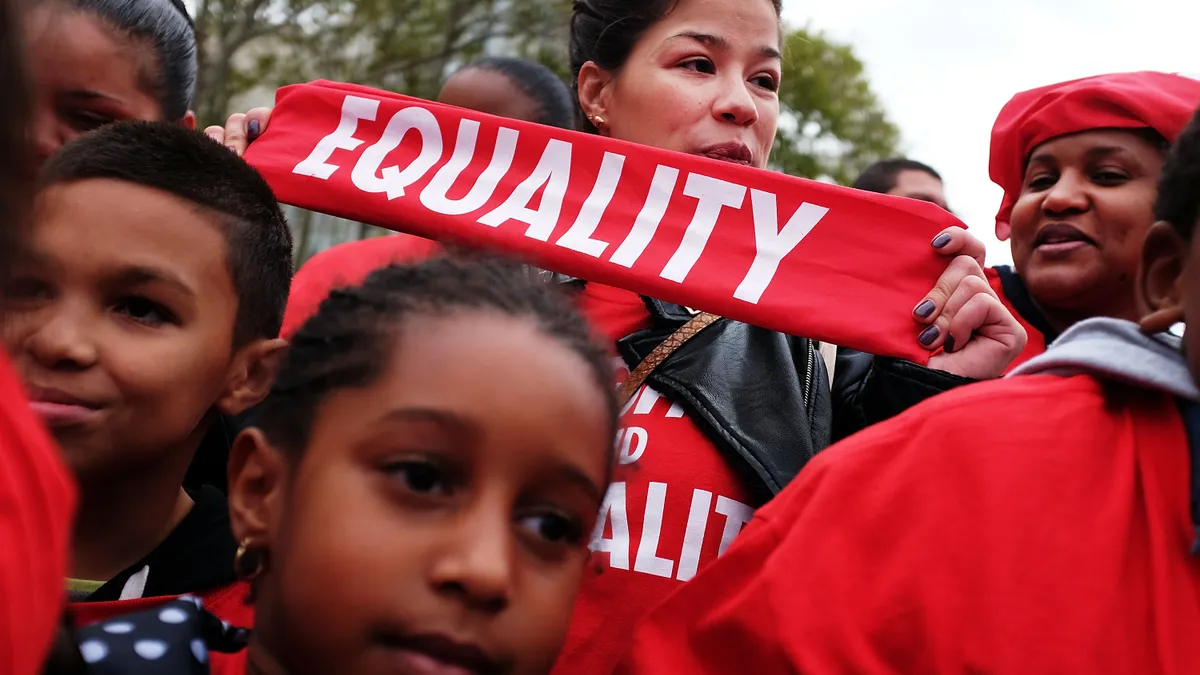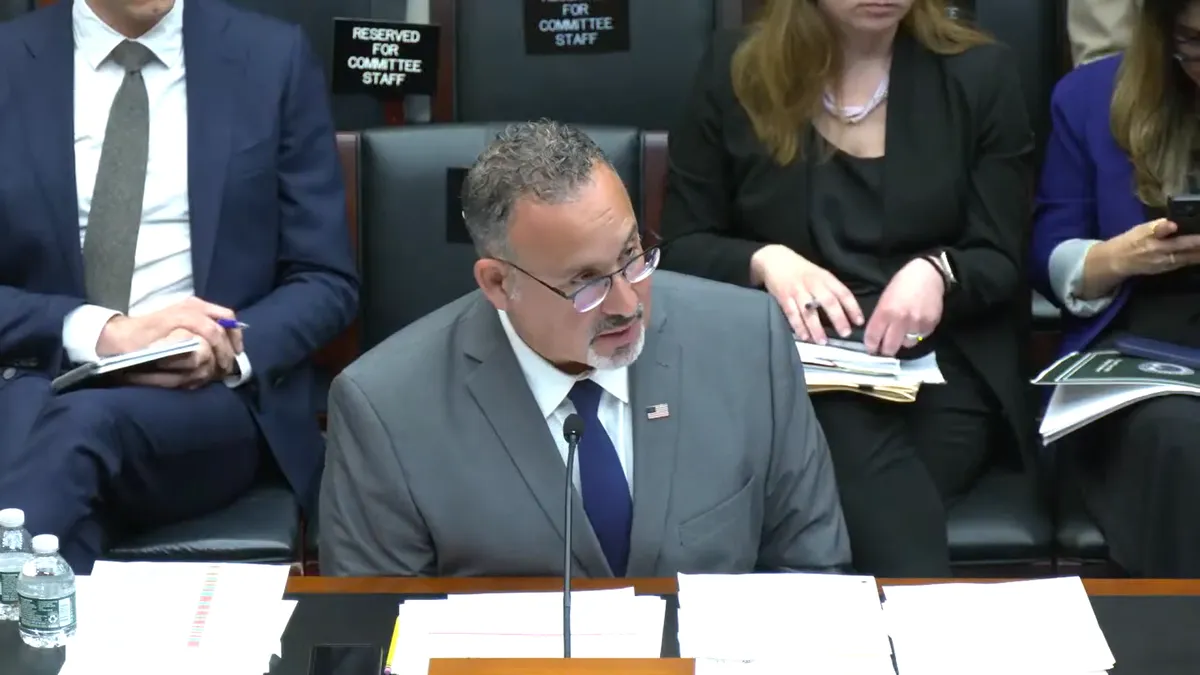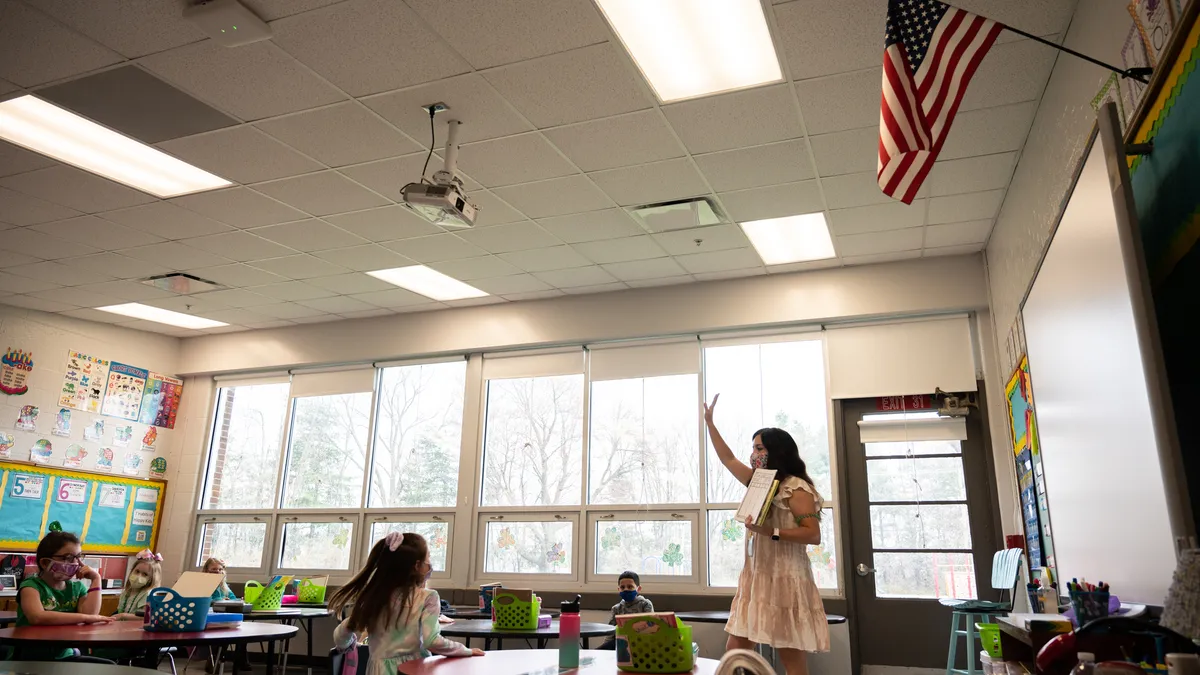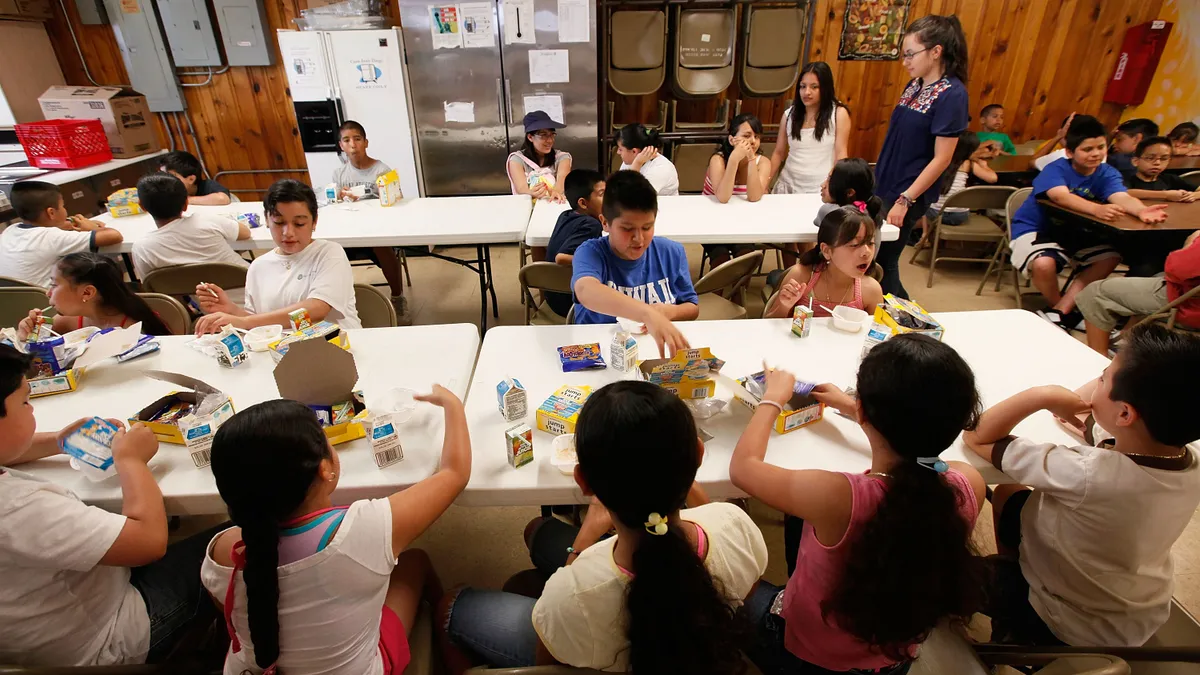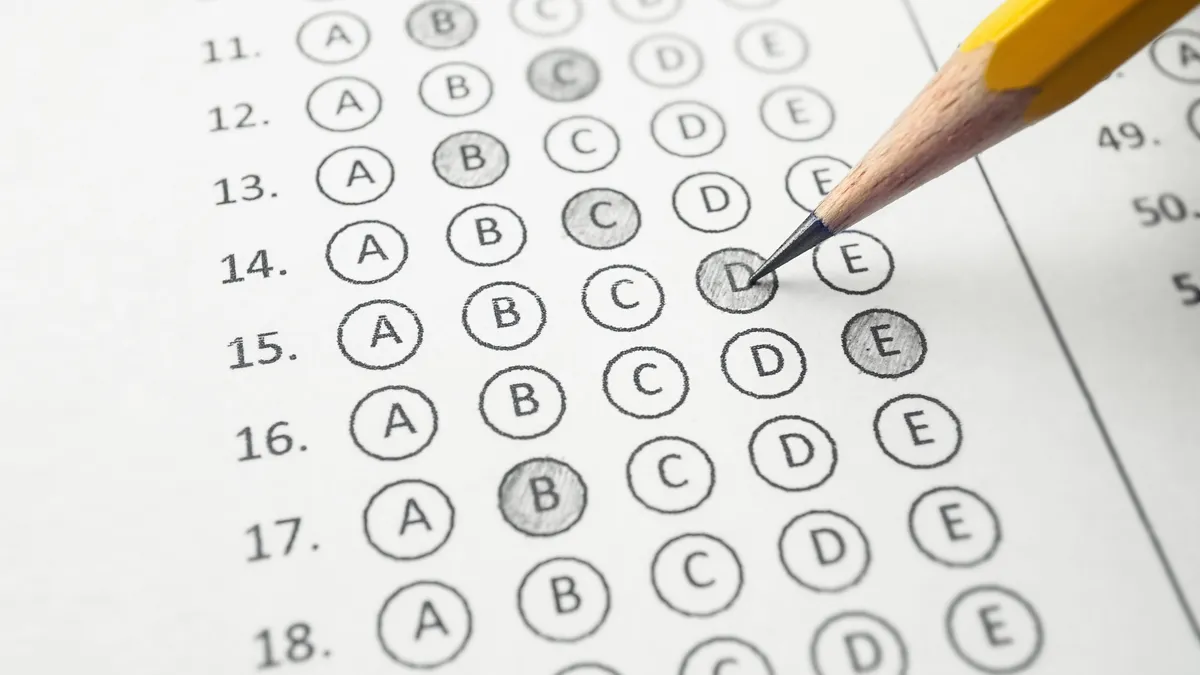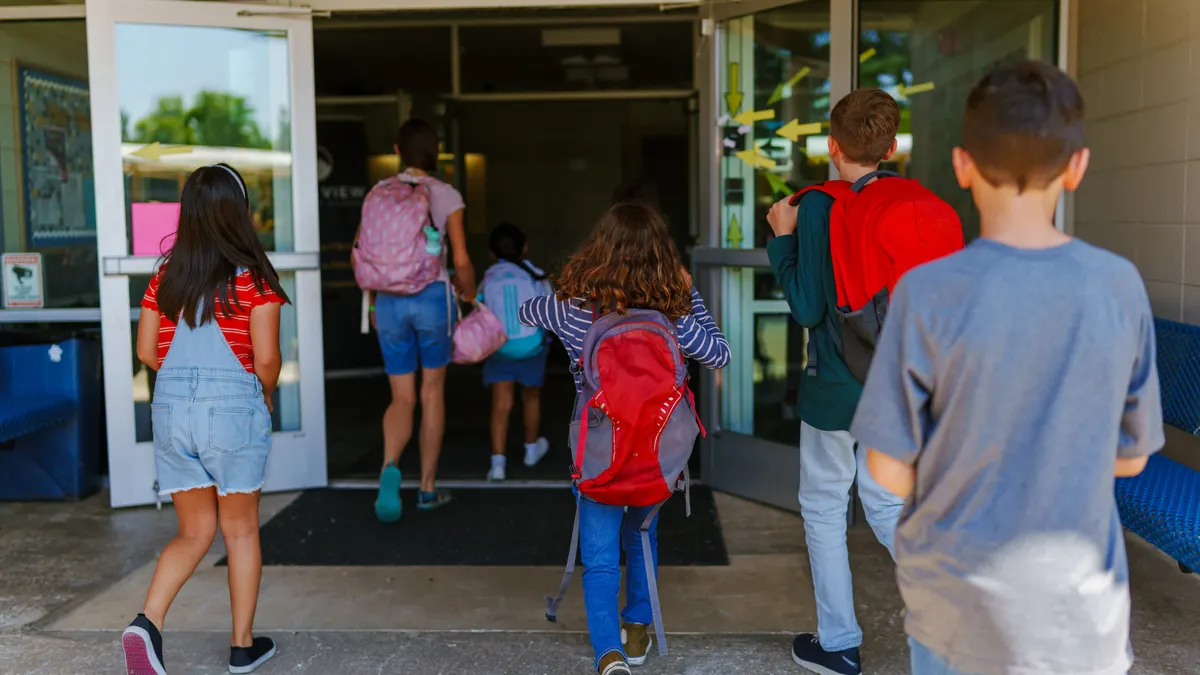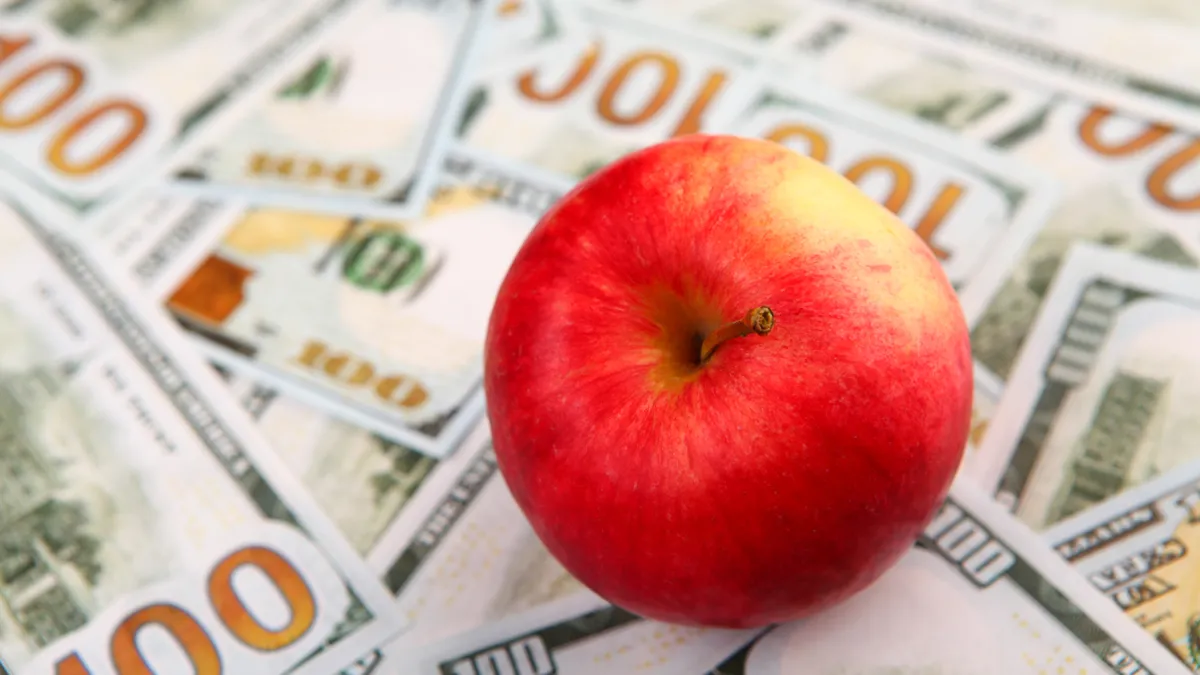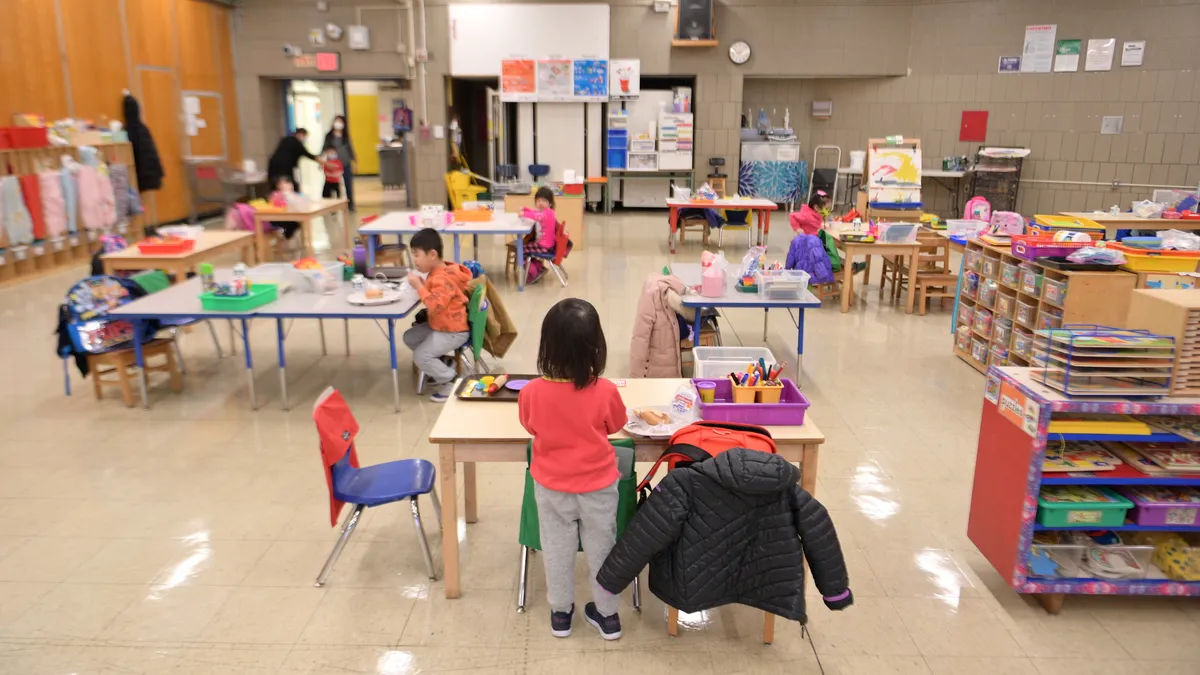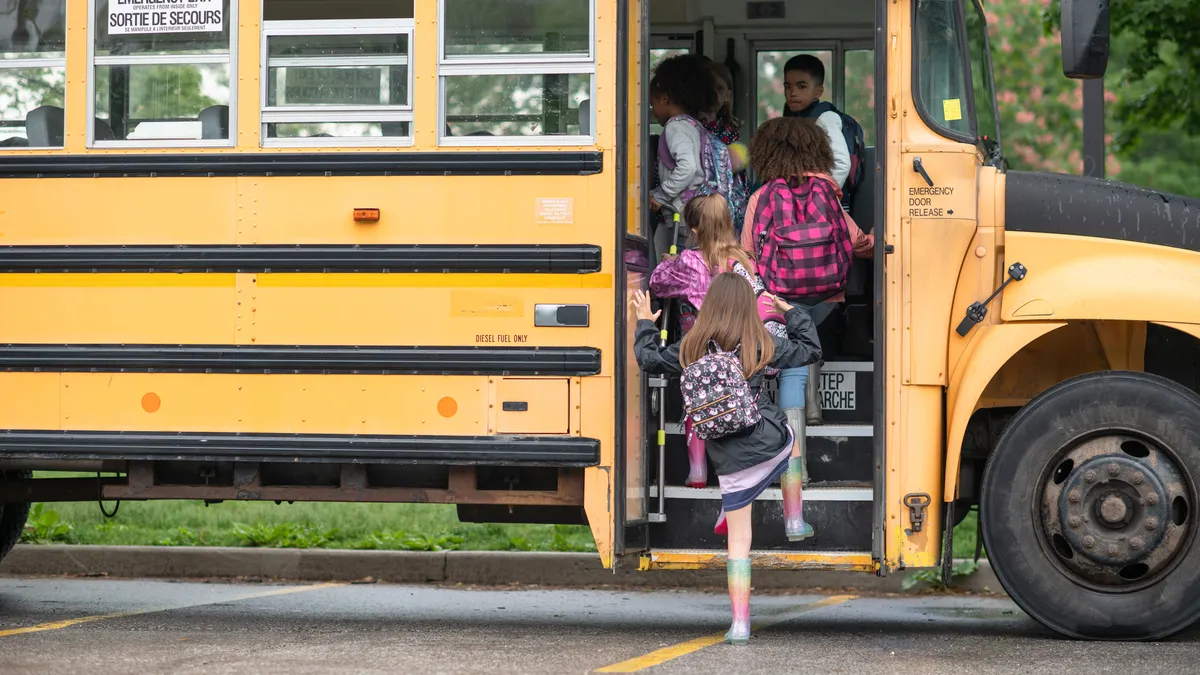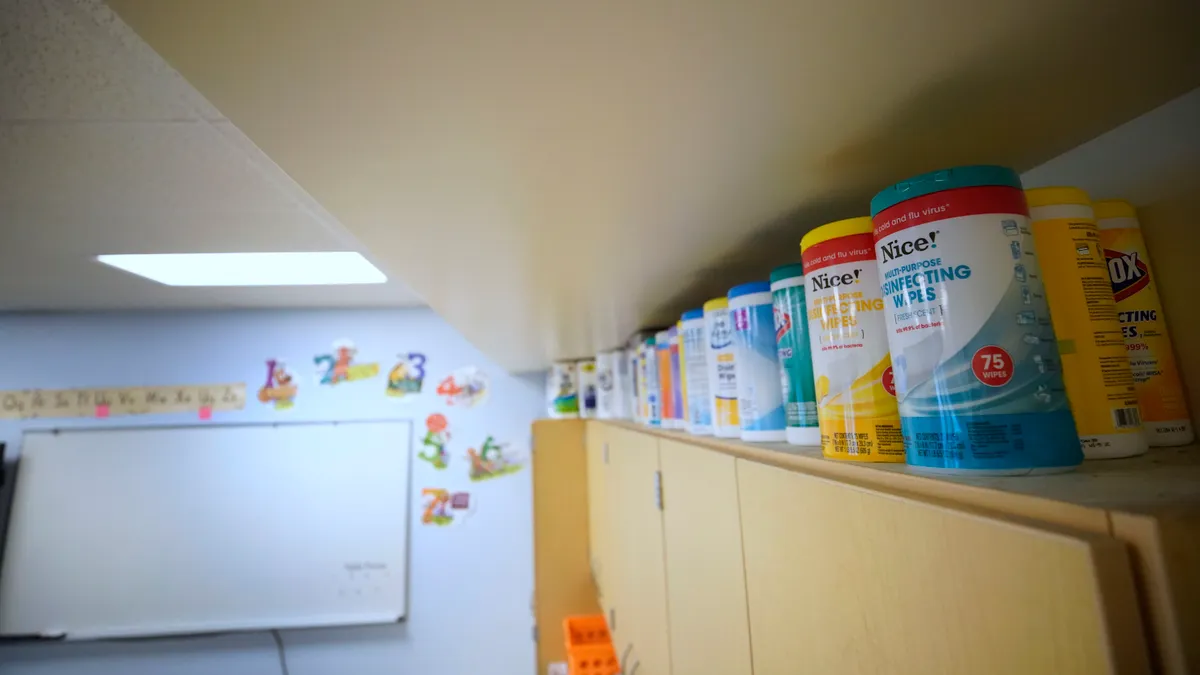School meal participation rates are on the upswing with notable increases for both breakfast and lunch programs, according to new data from the Food Research & Action Center.
An analysis released Tuesday by the nonprofit finds student participation jumped 8% for school breakfast programs and 6.8% for school lunches between the 2022-23 and 2023-24 school years. That amounts to about 900,000 and 1.3 million more children participating in each program, respectively.
Previously, schools nationwide saw a 6% decline in student lunch participation and a 7.7% drop for breakfast between the 2021-22 and 2022-23 school years, a March 2024 FRAC report found. That dip came after Congress allowed a temporary, pandemic-era universal school meal policy to expire in June 2022, after which most schools had to return to charging students for breakfasts and lunches if they didn’t apply to qualify for free or reduced-price meals.
FRAC attributes the past year’s school meal participation growth to the establishment of state-level universal school meal programs and the growing rate of schools and districts opting into the Community Eligibility Provision — a federal program that allows high-poverty schools to serve free meals to all students without collecting household income applications. In January, FRAC found that school participation in CEP jumped 19% in the 2023-24 school year, leading to half of all National School Lunch Program schools now using the provision.
But as momentum grows for universal school meal policies, advocates fear that programs like CEP could see cuts as the Republican-controlled Congress goes through its budgeting process.
As the debate on universal school meals continues, here are the standout figures from FRAC’s latest analysis on school meal participation during the 2023-24 school year.







 Dive Awards
Dive Awards

